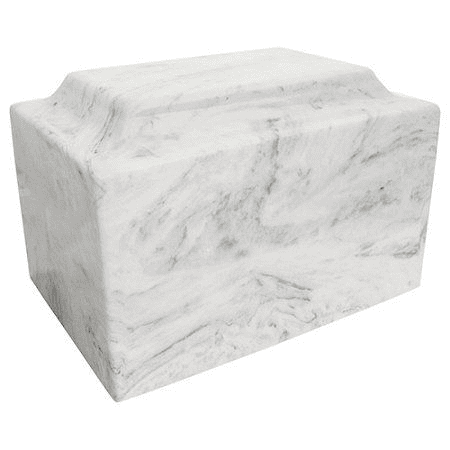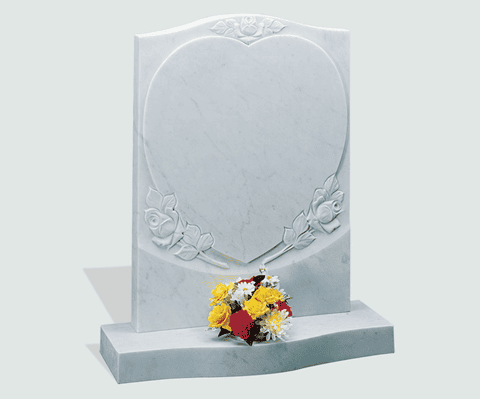It takes hundreds of years to form marble. It is a metamorphic rock that begins life as dolomite or limestone that is buried in the earth. For centuries, extreme pressure and very hot conditions transform the native limestone. The result is a large block of harder, denser and more colourful stone, more so than the original.
Marble comes in many colours
People often think of marble as just cream, white or grey, but that’s not always the case. Marble is available in dozens of colours and varieties, which typically vary by region. Green marble is found in Sweden and Classical Carrara marble, on the other hand, is a white or blue / grey stone that is commonly found in Italy.

Marble does not hold heat
There is a reason marble has been used in buildings in the Mediterranean and India – the stone is resistant to high temperatures. Materials like wood or concrete retain more heat, but objects made from marble do not warm up as fast or retain energy. Therefore, in hot countries, it can help to naturally cool the interior space.
Marble is highly durable
Marble is extremely durable and dense. You only have to look at the Pantheon and Taj Mahal to see how well it lasts! According to the Mohs scale rating, marble rates between 2.5 to 5, meaning it is about average in terms of how hard it is, but when installed properly, it can last for many generations. Marble is a popular choice for headstones for this reason. For Marble Headstones, visit a site like Abbey Memorials, a supplier of Marble Headstones

Marble is named after its glossy appearance
Marble has long been famous for its reflectiveness. In fact, the word marble comes from the Greek word “marble” – a verb meaning “to shine.”
